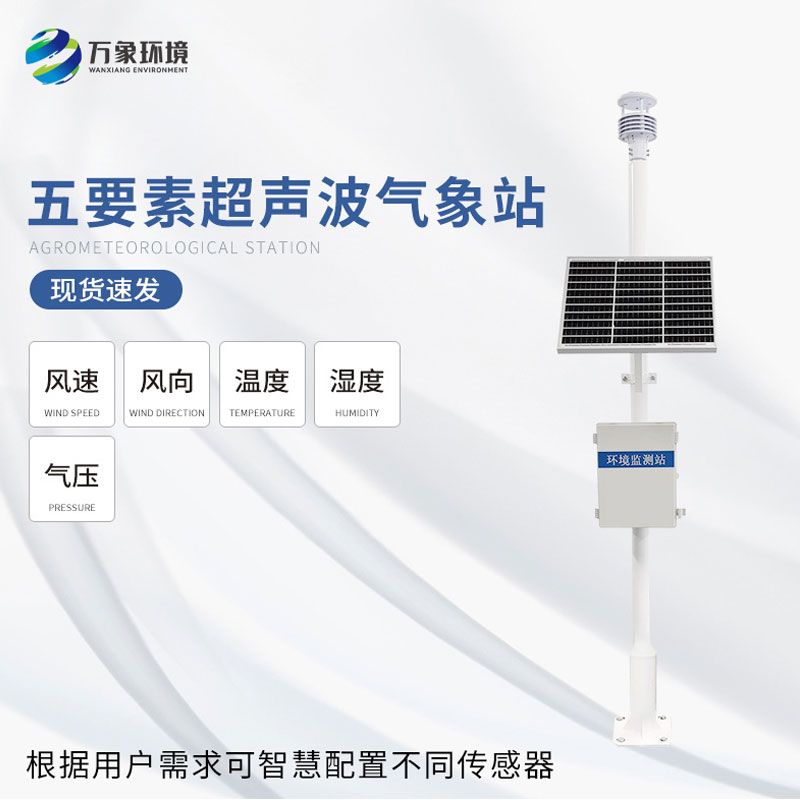In this era of vigorous development of green energy, photovoltaic power plants, as an important pillar of clean energy, are spreading out at an unprecedented speed around the world. However, behind the bright light of photovoltaic panels, there are tiny defects hidden, and these seemingly inconspicuous defects may become the "invisible killer" that affects the efficiency and life of power generation. Fortunately, with the progress of science and technology, photovoltaic power station el defect detector equipment came into being, it is like the "superhero" of photovoltaic power station, accurately capture every hidden danger, and escort the efficient use of clean energy.
WX-EL2 photovoltaic power station el defect detector uses the principle of electroluminescence, by applying a certain voltage to the photovoltaic cell, the internal material is excited to emit a weak light. This process seems to open a perspective window for photovoltaic panels, making cracks, fractures, pollution, non-uniformity and other defects in the battery nowhere to hide. Compared with traditional manual detection or visual observation, EL detection has the advantages of non-contact, high sensitivity and fast detection speed, which can greatly improve work efficiency and detection accuracy.
In the daily operation and maintenance of photovoltaic power plants, early detection and repair of defects is the key to ensure long-term stable operation. The EL defect detector can quickly locate problem areas, and even tiny cracks can be accurately identified. This not only helps to replace or repair damaged components in a timely manner, reducing power generation losses caused by failures, but also effectively prevents larger failures caused by the expansion of defects, and extends the service life of the entire power station.
Modern EL defect detector is not only a detection tool, but has become an important part of the intelligent management of photovoltaic power stations. Through the cloud platform, the test data can be uploaded and analyzed in real time, and the test report can be automatically generated to help the operation and maintenance team quickly make maintenance plans and realize the optimal allocation of resources. In addition, combined with AI algorithms, the system can also predict potential risks and provide a scientific basis for the long-term planning of the power station.

Article address:
http://www.qxhjjc.com/en/article/1292.html


















 Home
Home phone
phone Product Overview
Product Overview Contact Us
Contact Us